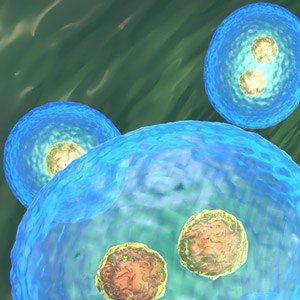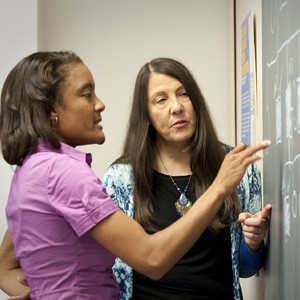About Us
The National Institutes of Health (NIH) is the steward of medical and behavioral research for the nation. Its mission is science in pursuit of fundamental knowledge about living systems and the application of that knowledge to extend healthy life and reduce illness and disability throughout the world.

The Intramural Research Program (IRP) is conducted on several dedicated NIH campuses across the country. Although we constitute a small fraction of the total NIH budget, our facilities and funding structure provide us with a distinctive research environment. We are able to leverage the extensive resources and expertise across the IRP to perform truly interdisciplinary research from the bench to the bedside. We are also well-positioned to capitalize quickly on new scientific opportunities.
Within the framework of the overall NIH mandate, the IRP mission is to:
- Conduct distinctive, laboratory, clinical, behavioral, translational and population-based research that breaks new ground and defines scientific excellence
- Facilitate new approaches to improve health through prevention, early detection, diagnosis, and treatment by developing and/or using innovative technologies, approaches or devices
- Respond rapidly to critical public health needs
- Train the next generation of biomedical and behavioral researchers
- Foster sharing of information and dissemination of the IRP’s major discoveries to the public through partnerships with academic institutions and industry
In This Section
What Is the IRP?
The Intramural Research Program (IRP) is the internal research program of the National Institutes of Health (NIH).
History
Learn about our origins as a research institution.
Honors
Read about our award-winning scientists.
Organization and Leadership
Find out what makes our structure unique.
Our Programs
Explore the individual intramural research programs that make up the IRP.
Research Campus Locations
See our presence across the United States.
Contact Information
Questions about our program?
Continue Exploring the IRP
This page was last updated on Monday, January 10, 2022


